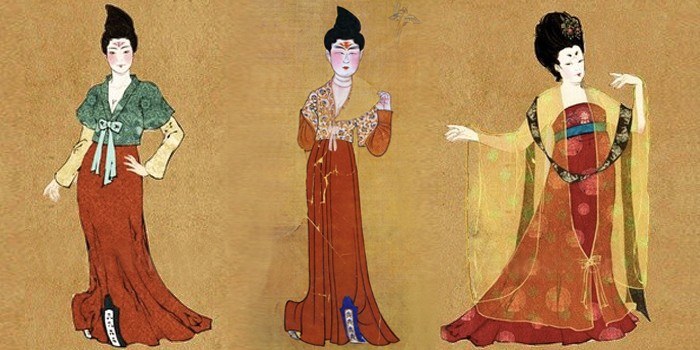During class this week, we talked about the Tang Dynasty and its progressiveness, and how it interacted with the surrounding regions. Emperor Taizong was able to establish loose-bridle prefectures within the Western regions. He was able to integrate the Turkish leaders into his own government– giving them autonomy yet simultaneously using their calvary to his benefit. Yet later within the Tang dynasty, their troops had to leave the Western regions in order to help with the effort against An Lushan and his rebellion. They also had to withdraw their power from Korea as there were rising threats in Tibet. Reading this text for the class, I was astounded by how many external and internal forces the Tang dynasty had to deal with– yet considering the growing size of the empire it makes sense. As the Chinese were looking outwards, internal unrest was bound to happen. If not for the empire’s expansion, then the civil unrest would have ignited a rebellion.
The most interesting topic that I found was The Dunhuang Cave (Thousand Buddhas). I thought it was interesting to see how so many documents were preserved, and the art that was uncovered in the excavations. The murals on the cave walls featured depictions of Buddhist practices, and also integrated Chinese culture and elements. From the artworks, researchers were able to uncover the fashions, furniture, and architecture of the time period. It was also able to indicate China’s connections to other cultures (South East Asia, the Korean kingdoms, Japan, etc.) It also showed depictions of Hell in the context of Buddhism, and it was interesting to see how it compared to traditional views of the afterlife. It was also impressive learning that the caves themselves were not of a natural phenomenon, but carved by humans themselves! It is a testament to humanity’s devotion which I found endearing. In my previous history classes, we were only able to explore Christianity and the gothic cathedrals which were created. It is fascinating to see how humans are the same around the globe and go to great lengths to show their devotion to their religion.
The Silk Road: A New History with Documents. New York: Oxford University Press, 2017.Hansen, Valerie. The Silk Road: A New History with Documents. New York: Oxford University Press, 2017.
